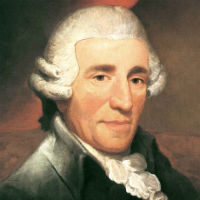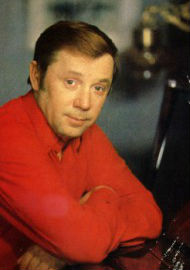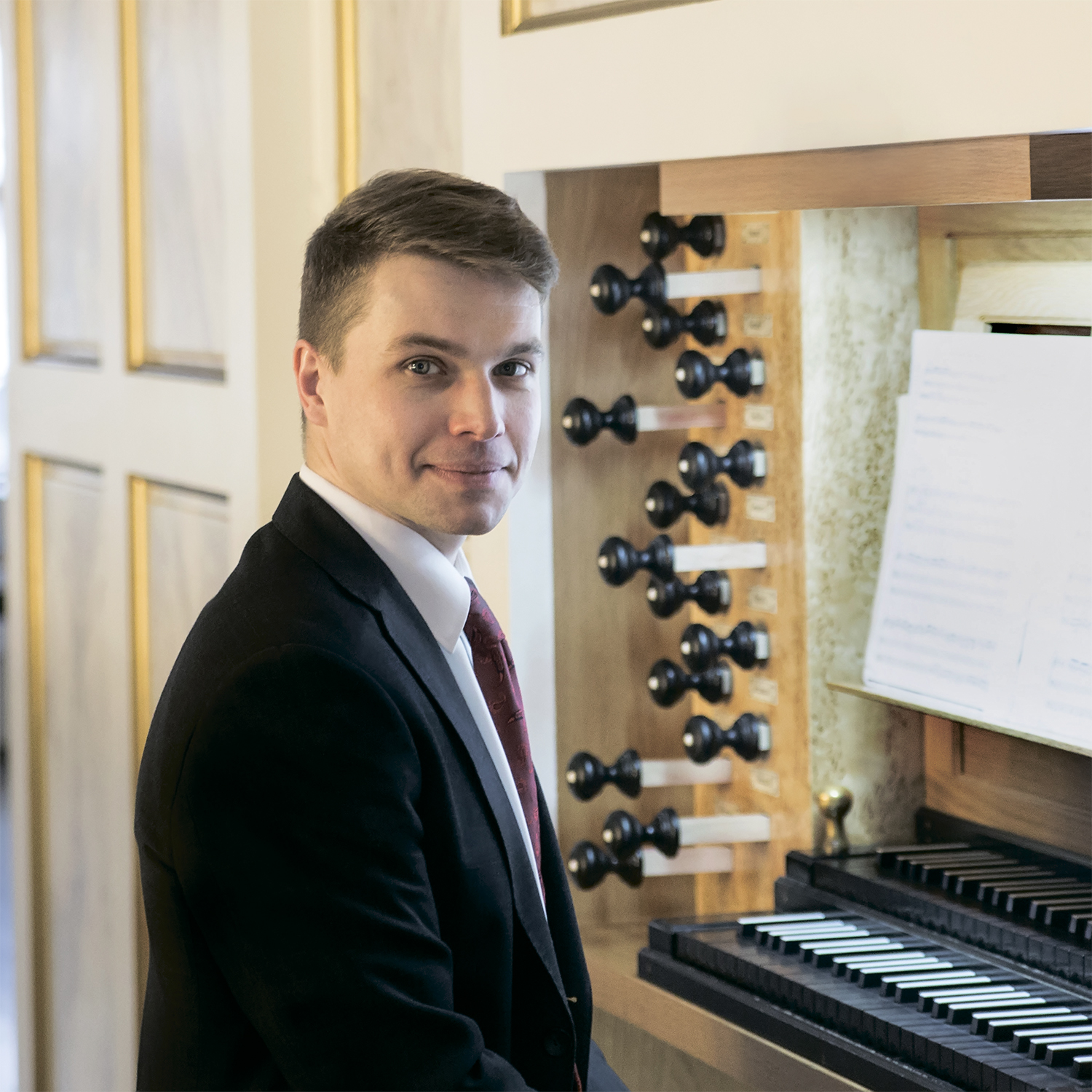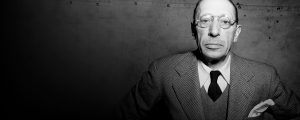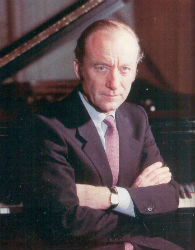Where in Russia to listen to the body
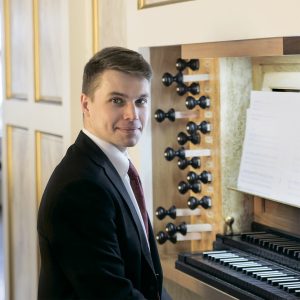 The sound recording company “Melody” presented a new album of organ music – the collected works of Johann Sebastian Bach. The publication includes three important areas of creativity of the composer: the genres of toccata, sonatas and concert. The talented organist Konstantin Volostnov performed the works of Bach. He told the portal “Kultura.RF” how in our time it is possible to reproduce the sound of ancient organs almost for certain, and in which cities of Russia are the best organs of the country.
The sound recording company “Melody” presented a new album of organ music – the collected works of Johann Sebastian Bach. The publication includes three important areas of creativity of the composer: the genres of toccata, sonatas and concert. The talented organist Konstantin Volostnov performed the works of Bach. He told the portal “Kultura.RF” how in our time it is possible to reproduce the sound of ancient organs almost for certain, and in which cities of Russia are the best organs of the country.
“The album“ Melodies ”united 17 virtuoso works of Bach – many of them are included in the compulsory program of the largest international competitions of organists. This surprisingly beautiful music goes far beyond the church tradition, with which many are accustomed to associate organ sound. However, the choice of repertoire was dictated by the specificity of the instrument: a unique organ for Russia, built by the Finnish master Martti Porthan, which is located in St. Mary’s Evangelical Lutheran Church in St. Petersburg. This instrument has a prototype: an organ of the 18th century, created by the famous organ maker and friend of Johann Sebastian Bach himself, Gottfried Zilbermann. And the interior of the church of St. Mary resembles those churches that the Great Cantor had seen and attended at the time.
Today we know the organ exactly as it became in the time of Bach. Any organ consists of three parts: pipes, an air-injection system and a control system — a cable system that, when the keys are pressed, opens the valve under the pipes and lets air in there, causing the pipe to sound. Technically, these three elements have undergone many changes over time due to the development of technology. For example, today the air in the organ is pumped by a motor, whereas for many centuries special people — calcanthas — who shook their bellows with their feet, were engaged in this. And the mechanical control system was replaced by pneumatic or electric: the pressed key closes the contact, and at the other end of the wire the magnet opens the valve. Today, organ pipes are cast from renewed alloys, pressure rises in them – and the organs themselves with each eyelid gradually became more and more powerful. Therefore, the organ sounding of the times of Bach, directed upward, airy, is not at all like the sound of the organs of the twentieth century: expressive, effective, even somewhat oversaturated.
So the music written by Bach, performed by modern organs, simply cannot sound as its composer intended. Therefore, in order to record the album with Melody, we had to find a special instrument that would reproduce at least the approximate canons of organ construction of the 18th century – and we found it in St. Petersburg’s Lutheran Church of St. Mary.
There are other, no less surprising organs in Russia than this organ of Martti Porton. In the same St. Petersburg, organ music lovers should come to the Tauride Chapel, where there is an organ built according to the old principles of organ construction, but in the French baroque style. A more modern body, retaining, however, the voices and colors of the instrument of the XIX century, is the State Academic Chapel of St. Petersburg.
Perhaps the main organ of Russia can be called the organ of the Great Hall of the Moscow Conservatory. It was built in 1899 by Aristide Kawaye-Kohl, who made a revolution in organ construction and the discoveries and practices of which are used by modern masters.
In Moscow, namely in the Svetlanov Hall of the Moscow International House of Music, is the largest organ of Russia. This modern instrument is built with the latest technology and allows you to perform almost anything – from early music to ultra-modern compositions that require good technical support.
There is an excellent organ in Kazan – in the conservatory. This is a wonderful tool of the Dutch company Flentrop, which reproduces the French “romantic” organ-making technique. A curious case occurred with the organ of the Chelyabinsk Philharmonic. He was transferred from the building, which was returned to the Orthodox Church, to the Rodina cinema, for which the latter was specially rebuilt: it raised the ceiling, covered the walls with special sound-reflecting materials, and created a niche. Today in Russia, almost every year a new body is being built, and this is great – after all, with the development of technologies and instruments, music itself is developing. ”
